Prague is famous worldwide for its stunning castles and renowned beer culture. But if you dig a little deeper, you’ll discover a city with incredible depth, unique attractions, and hidden gems many tourists never experience.
The Czech capital holds fascinating layers of history, art, and culture that extend far beyond its most famous landmarks. Here is a list of 20 unexpected sides of Prague that have nothing to do with castles or beer.
Astronomical Clock’s Lesser-Known Twin
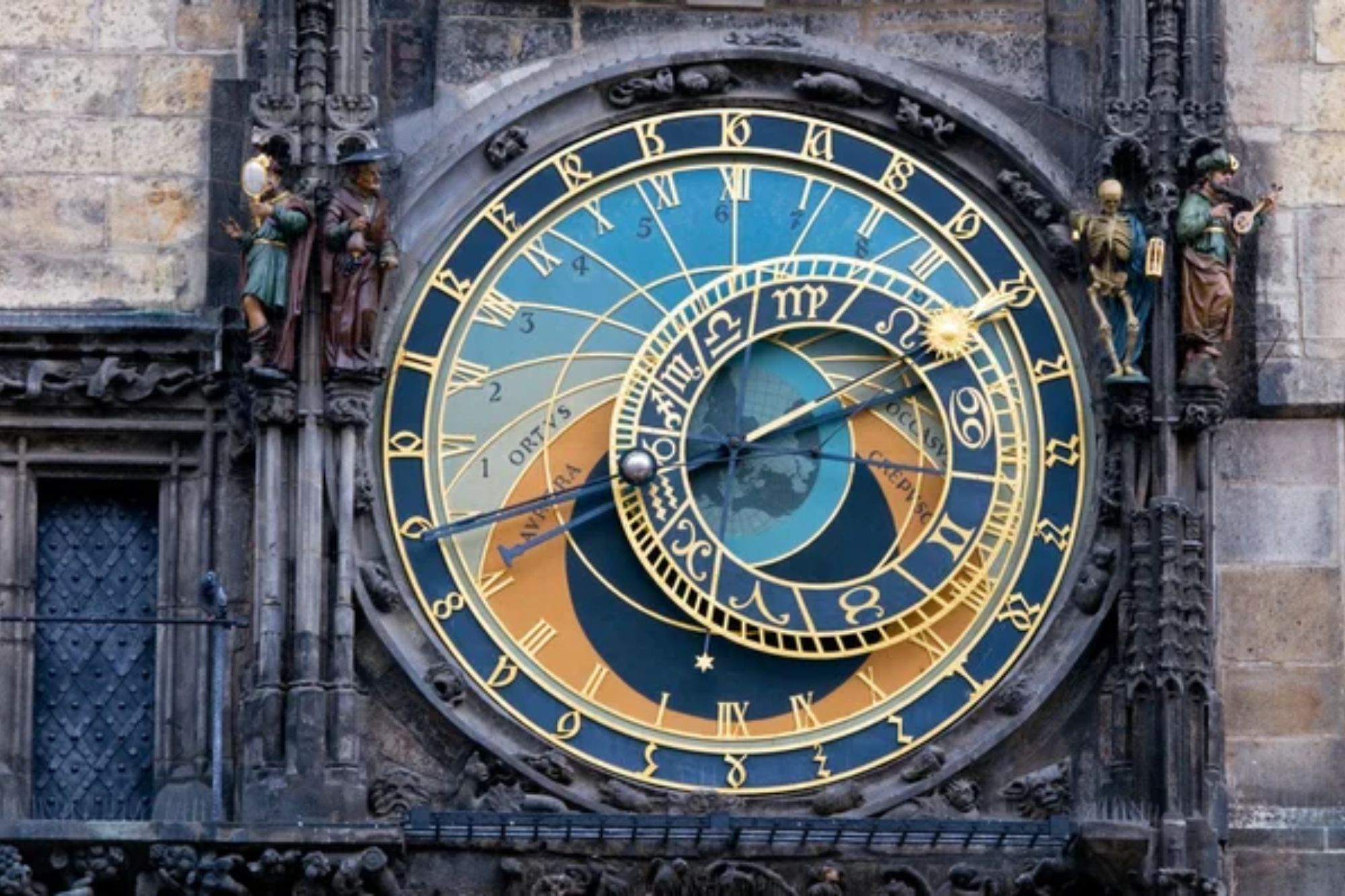
Most visitors flock to Prague’s famous Astronomical Clock in the Old Town Square, but few know about its mathematical twin. The Klementinum Astronomical Tower features historic timekeeping equipment and a viewing platform.
Though it’s not an actual twin or built by the same creator, it served as an astronomical observatory with similarly complex functions.
Underground Nuclear Bunker Museum
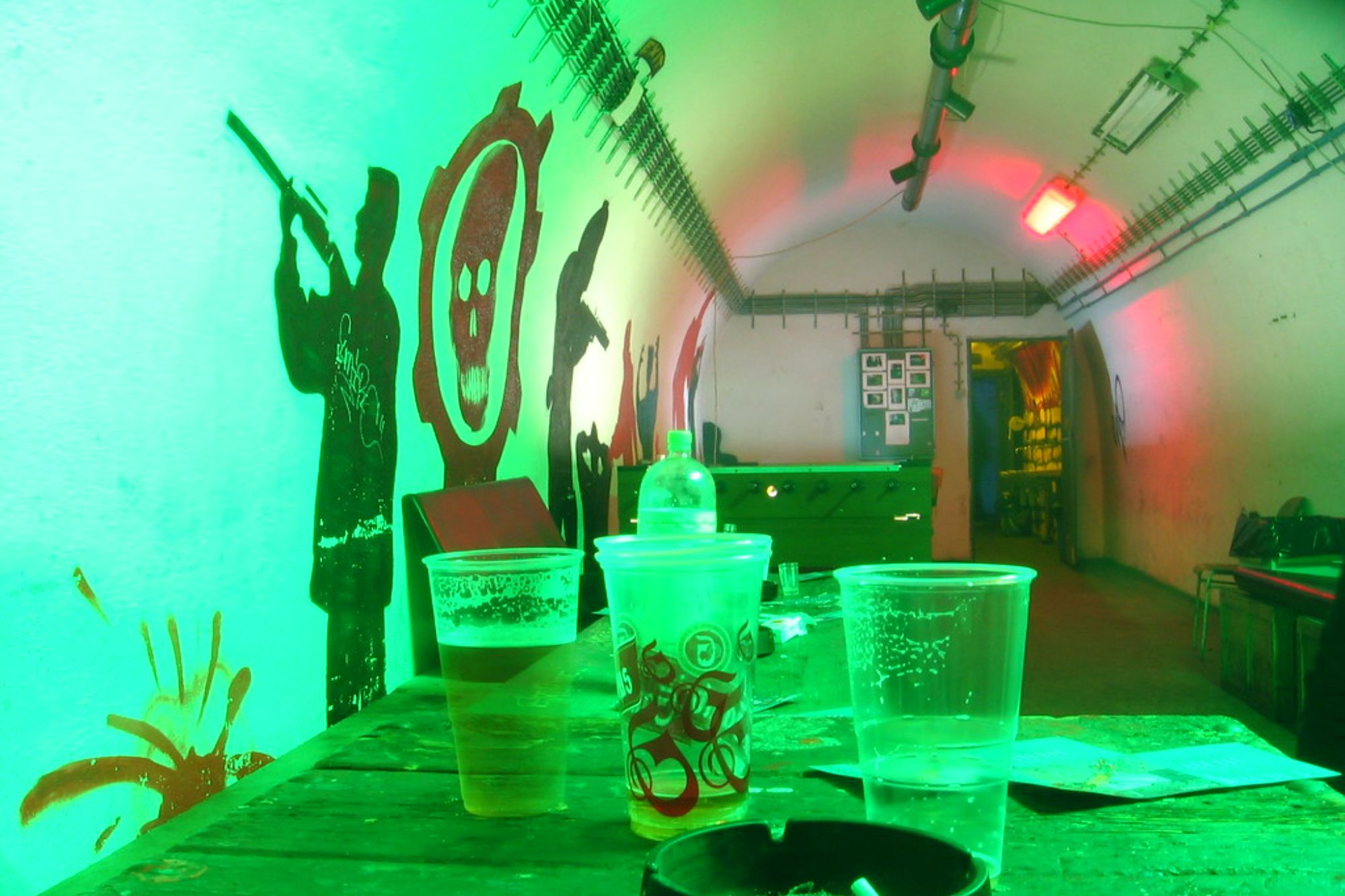
Beneath Prague’s streets lies a vast network of Cold War-era bunkers built to house citizens in case of a nuclear attack. The largest, now a museum, known as the Bunker Museum Parukářka, could shelter thousands and contains original equipment, gas masks, and propaganda posters.
The temperature drops noticeably as you descend into this eerie time capsule of Communist-era paranoia.
The Cubist Lamppost
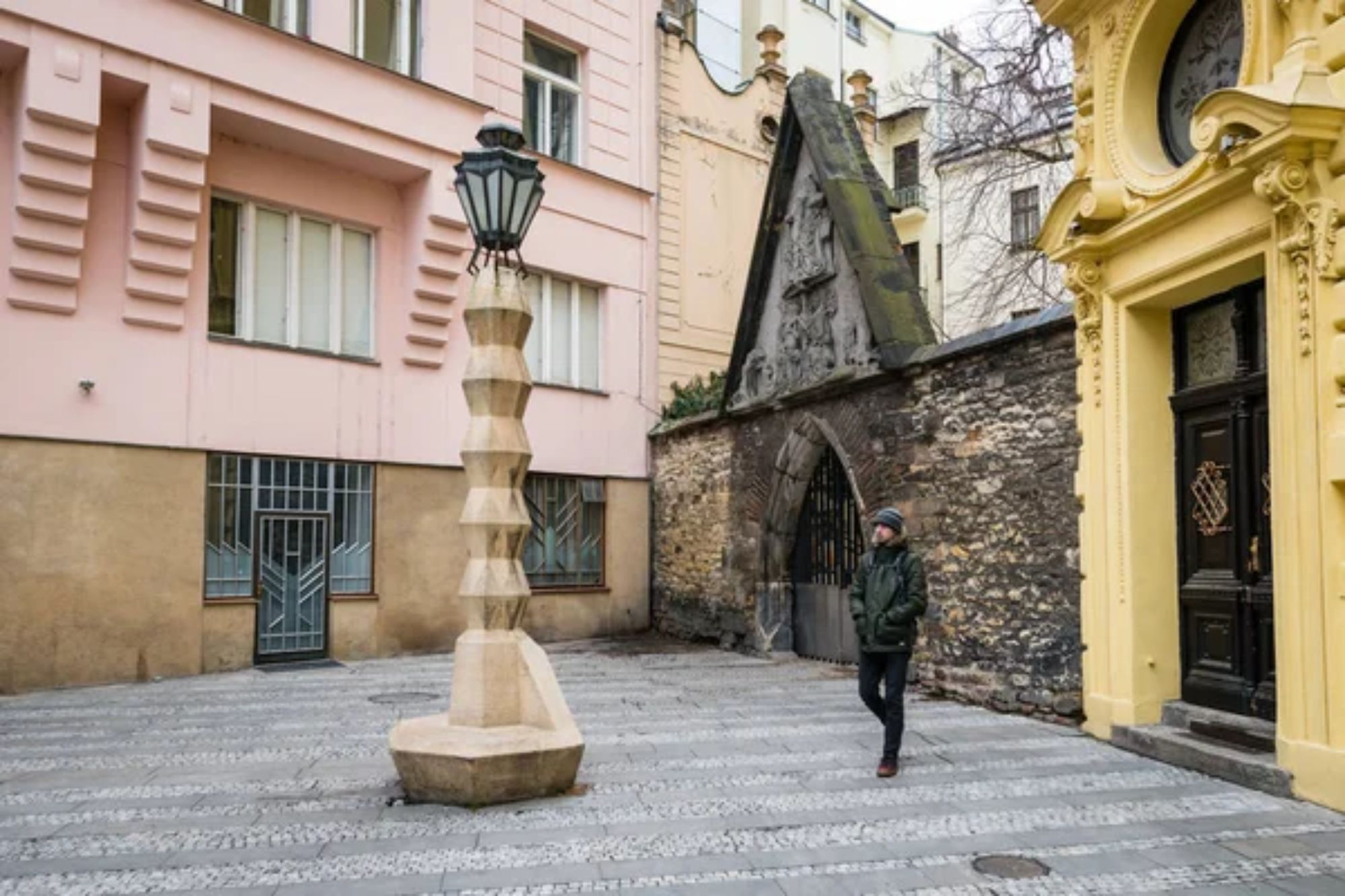
Prague houses the world’s only Cubist streetlamp, standing proudly on Jungmannovo náměstí. This artistic oddity was designed in 1913 by Emil Králíček, who applied Cubist principles to something as mundane as street lighting.
The angular, geometric lamp looks almost futuristic despite being over a century old and represents Prague’s often-overlooked Cubist architectural heritage.
Like Travel Pug’s content? Follow us on MSN.
The John Lennon Wall
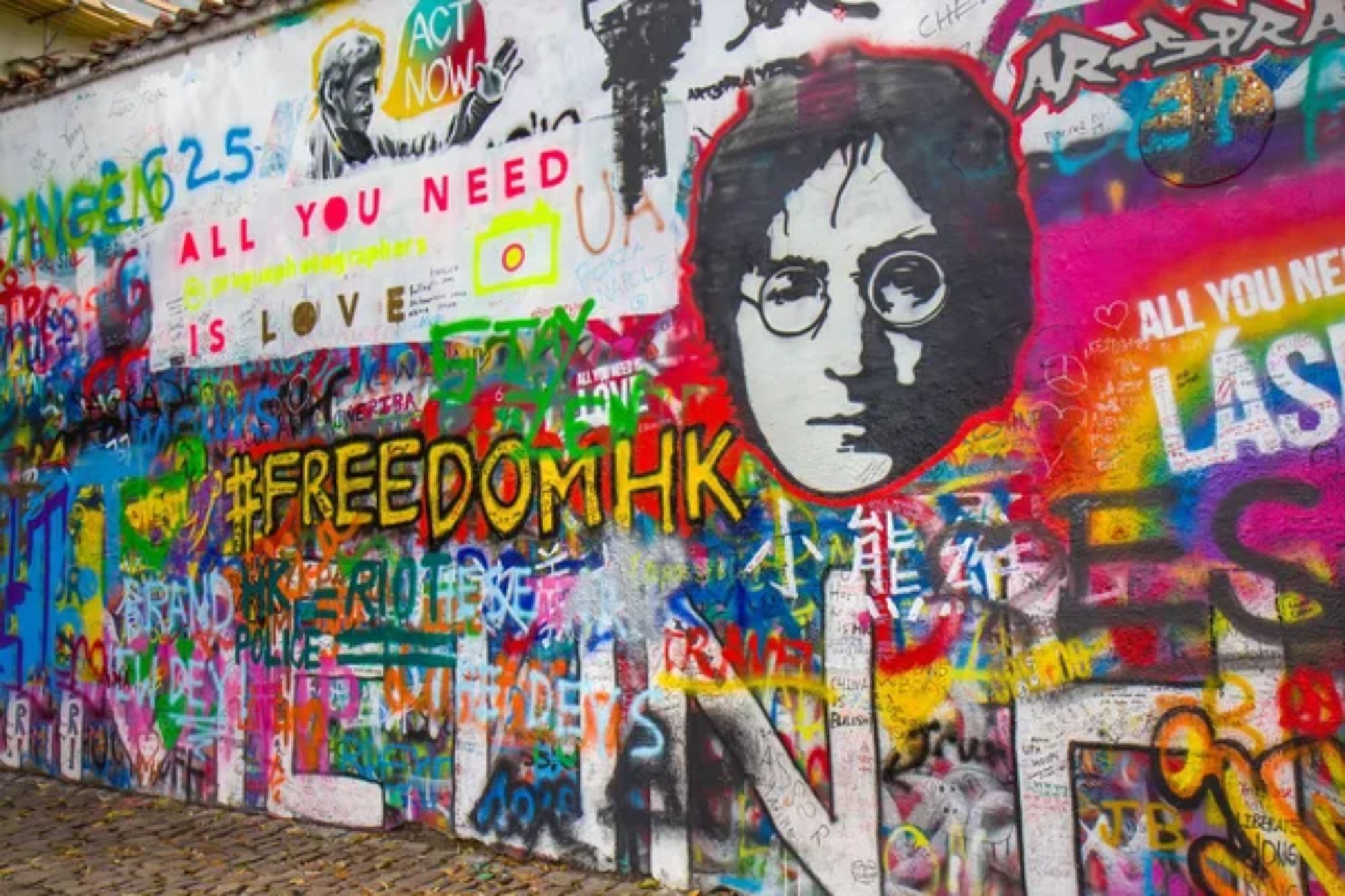
What started as a simple memorial after Lennon’s death in 1980 evolved into a symbol of peace and resistance against the Communist regime. The colorful wall continuously changes as visitors add new artwork, quotes, and messages.
During Communist rule, authorities repeatedly painted over the wall, only to find new graffiti appear overnight—a perfect example of Prague’s resilient spirit.
Vintage Computing Museum
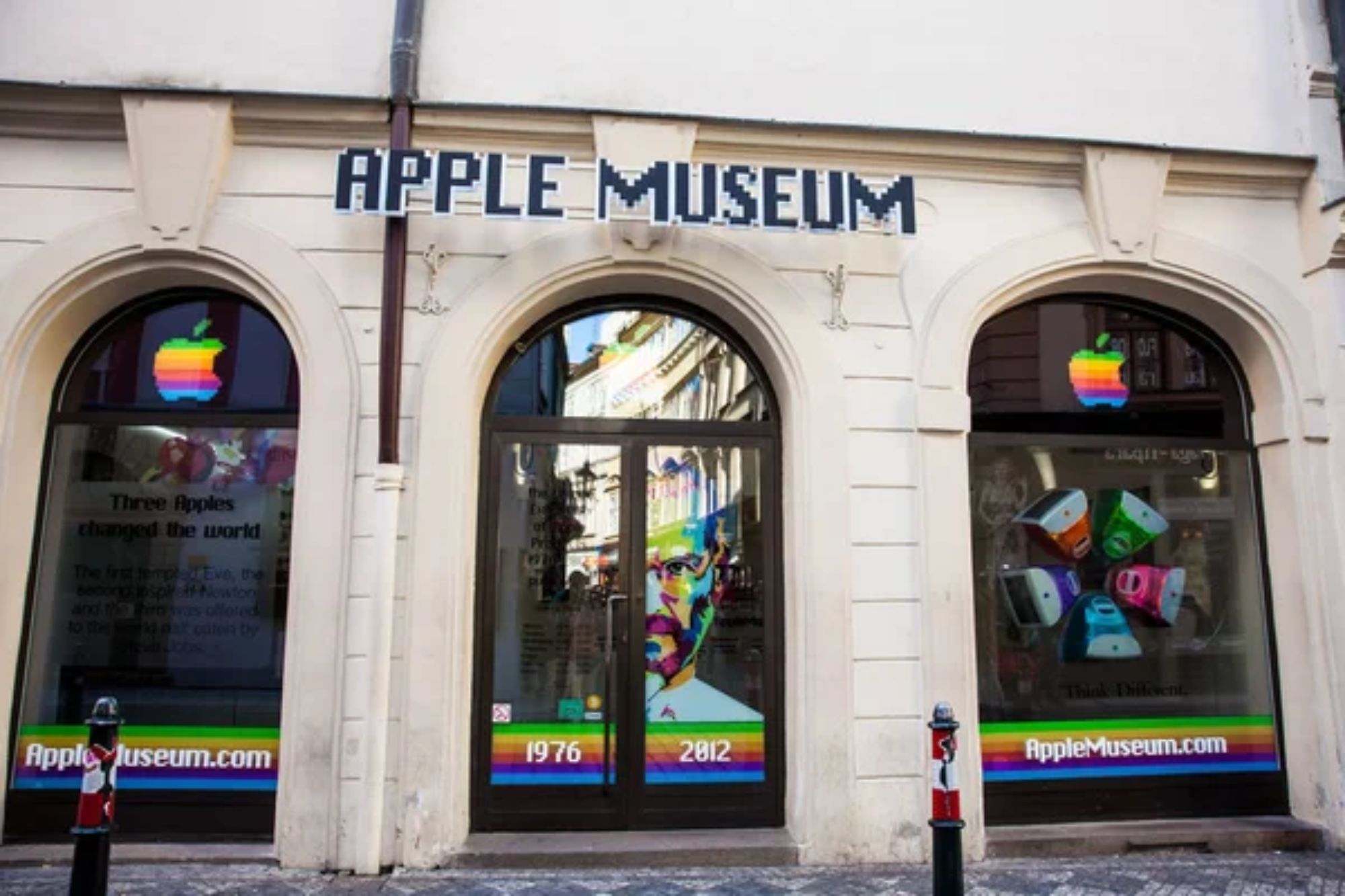
Prague’s basement houses one of Europe’s largest collections of vintage computers and technology near the city center. This hands-on museum lets visitors play classic games on original hardware—from massive Soviet-era calculating machines to early personal computers.
The museum feels like a 1980s time warp, with the nostalgic sounds of floppy disk drives and dial-up modems.
Speculum Alchemiae

Hidden behind an unassuming storefront, this recently discovered alchemical laboratory dates back to the 16th century. Emperor Rudolf II, a notorious patron of the occult sciences, supposedly commissioned the secret lab.
Archaeologists found original equipment, herbs, and formulas preserved exactly as the alchemists left them when they fled during a raid centuries ago.
Like Travel Pug’s content? Follow us on MSN.
Manifesto Market Smíchov
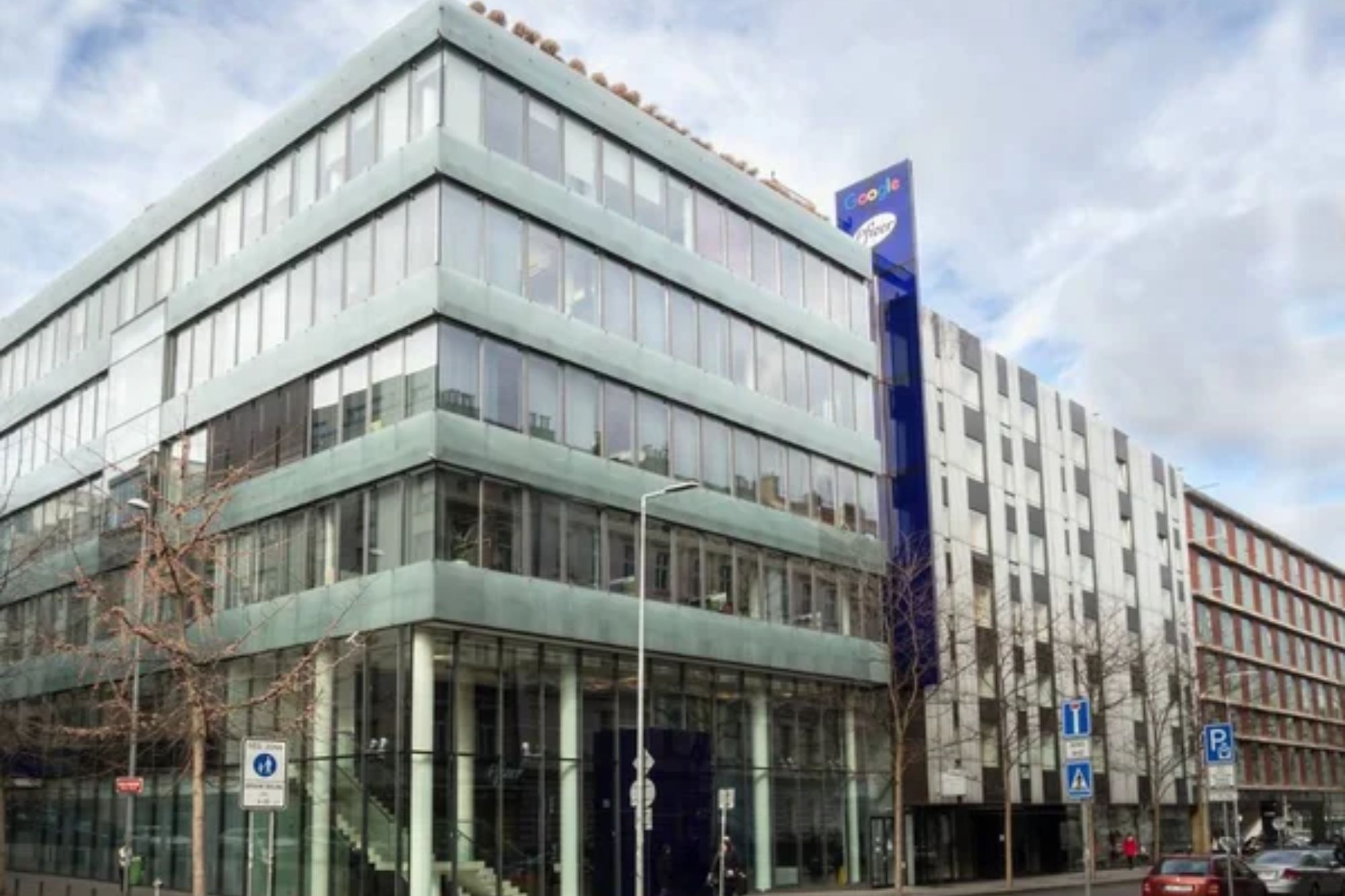
This cultural hub—built entirely from shipping containers—represents Prague’s creative spirit. The market features international cuisine, local designers, workshops, and outdoor cinema screenings.
It’s a perfect snapshot of Prague’s younger generation transforming industrial spaces into vibrant community centers with sustainability in mind.
The Žižkov Tower Babies
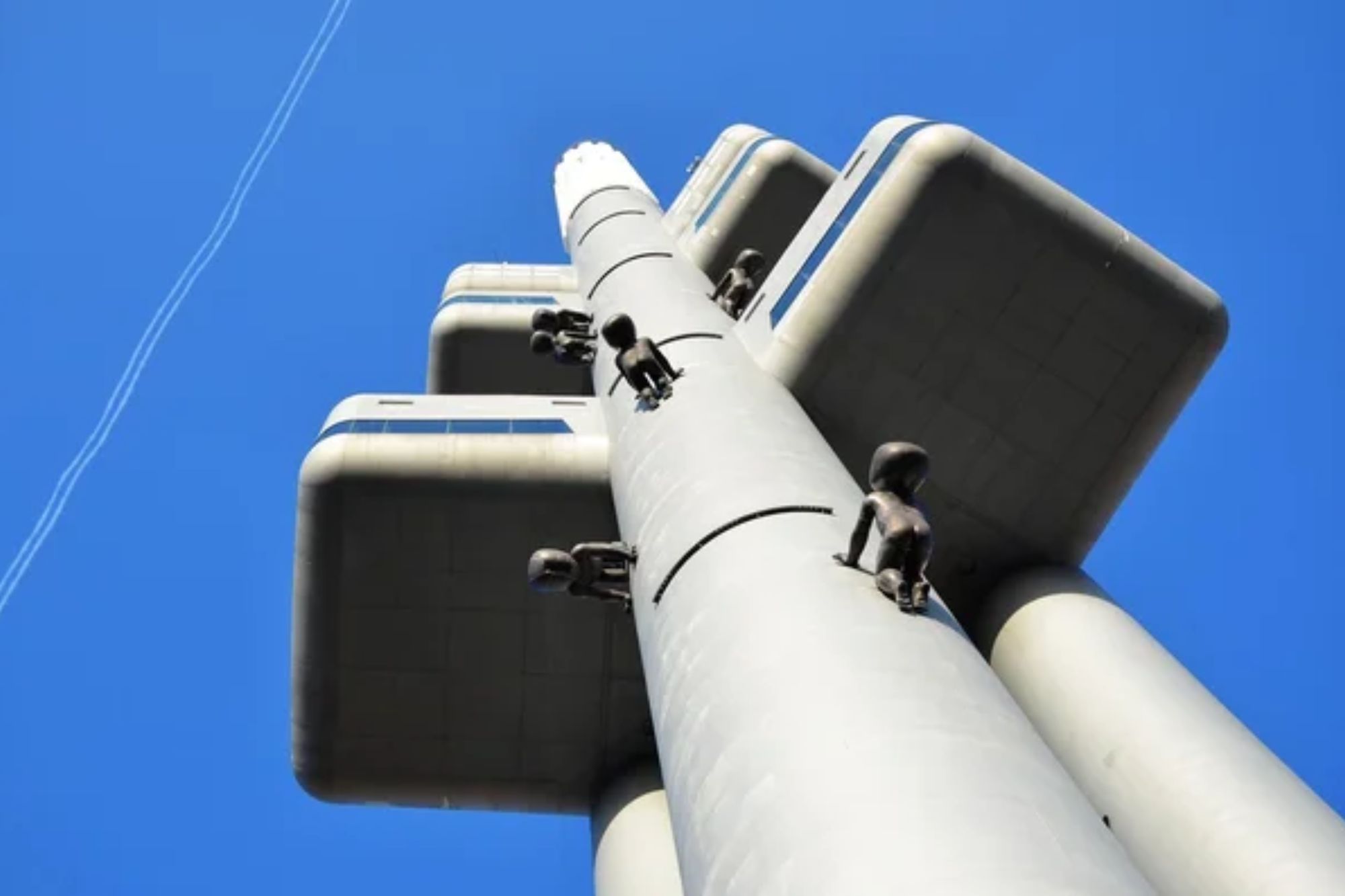
Ten giant crawling-baby sculptures scale the sides of the controversial Žižkov Television Tower. Created by Czech artist David Černý, known for his provocative public art, these faceless infants transformed the Soviet-era tower from an eyesore into something wonderfully weird.
The babies are typical of Prague’s quirky, sometimes dark sense of humor that permeates its contemporary art scene.
Vyšehrad Cemetery
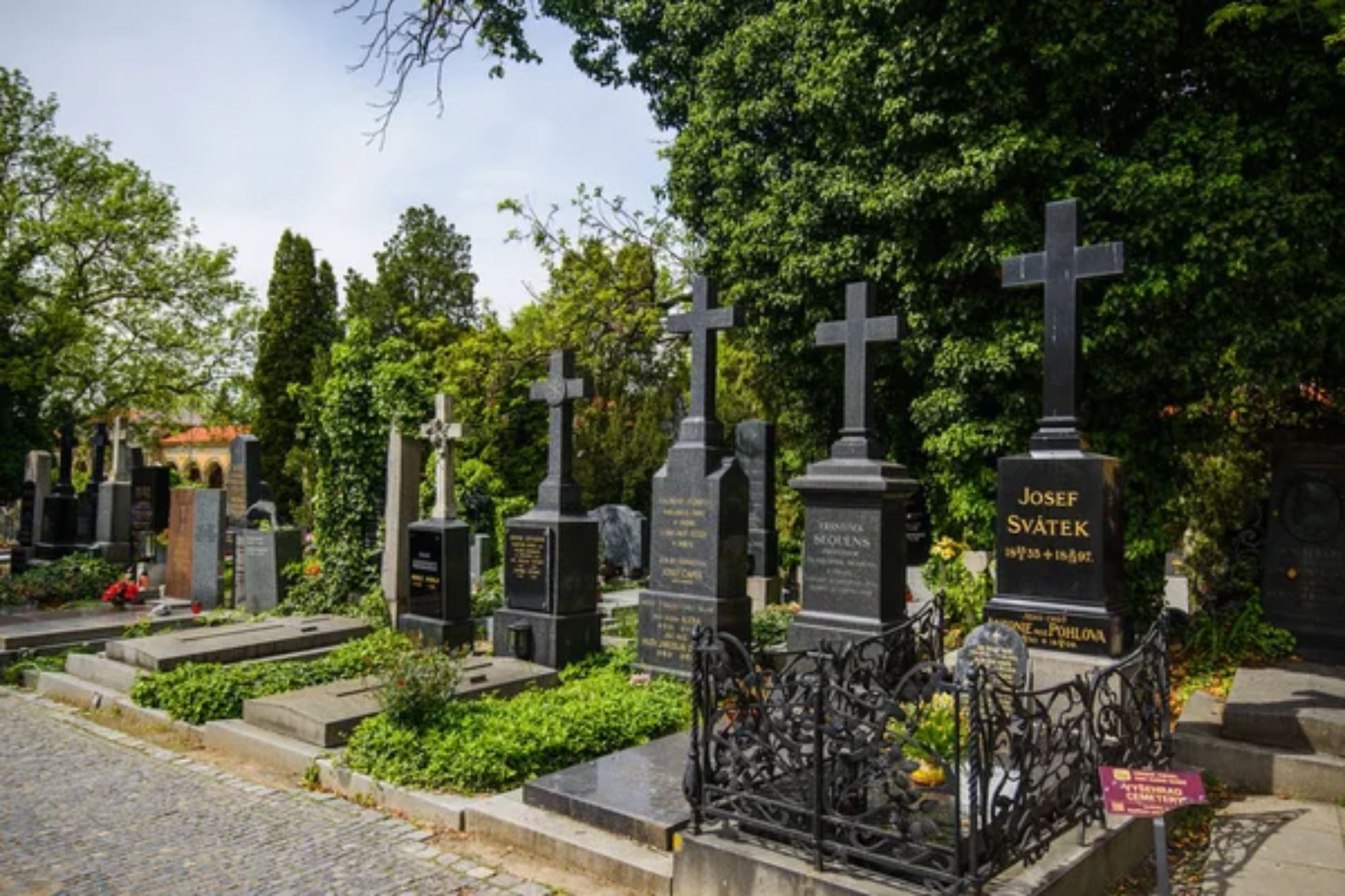
While less famous than Prague Castle, Vyšehrad is equally historical and is the final resting place for Czech luminaries like Dvořák, Mucha, and Smetana. The cemetery’s Art Nouveau monuments and peaceful atmosphere starkly contrast the tourist-packed castle grounds.
Walking among the ornate tombstones feels like wandering through an open-air art gallery dedicated to Czech cultural heroes.
Like Travel Pug’s content? Follow us on MSN.
Cross Club’s Mechanical Wonderland
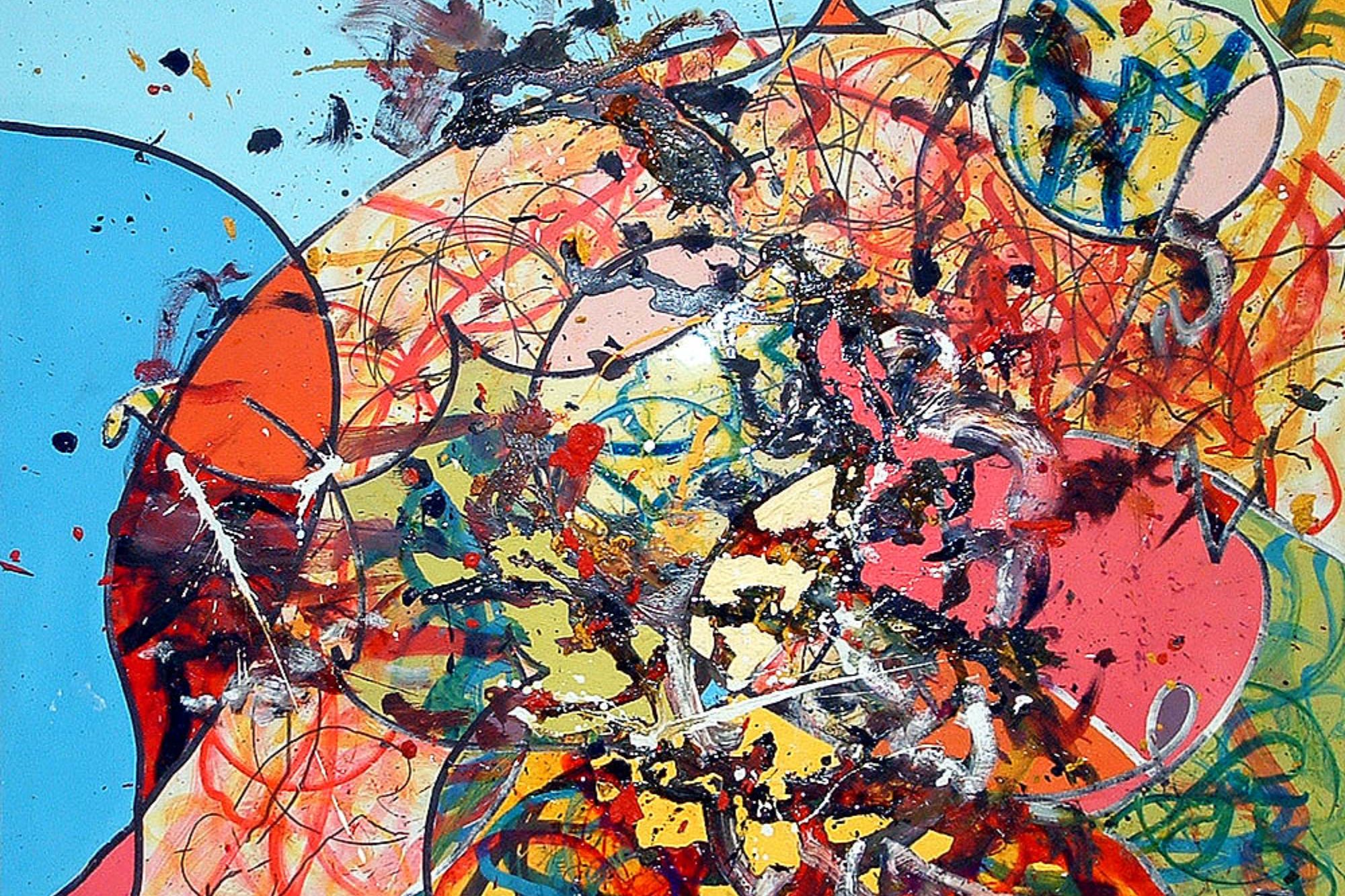
This multi-level cultural center features mind-bending mechanical art installations that move, blink, and whir throughout the venue. Created from salvaged industrial parts, the steampunk-inspired décor constantly transforms as artists add new elements.
The club represents Prague’s thriving alternative culture scene, which unexpectedly blends art, music, and mechanical engineering.
Chocolate Museum
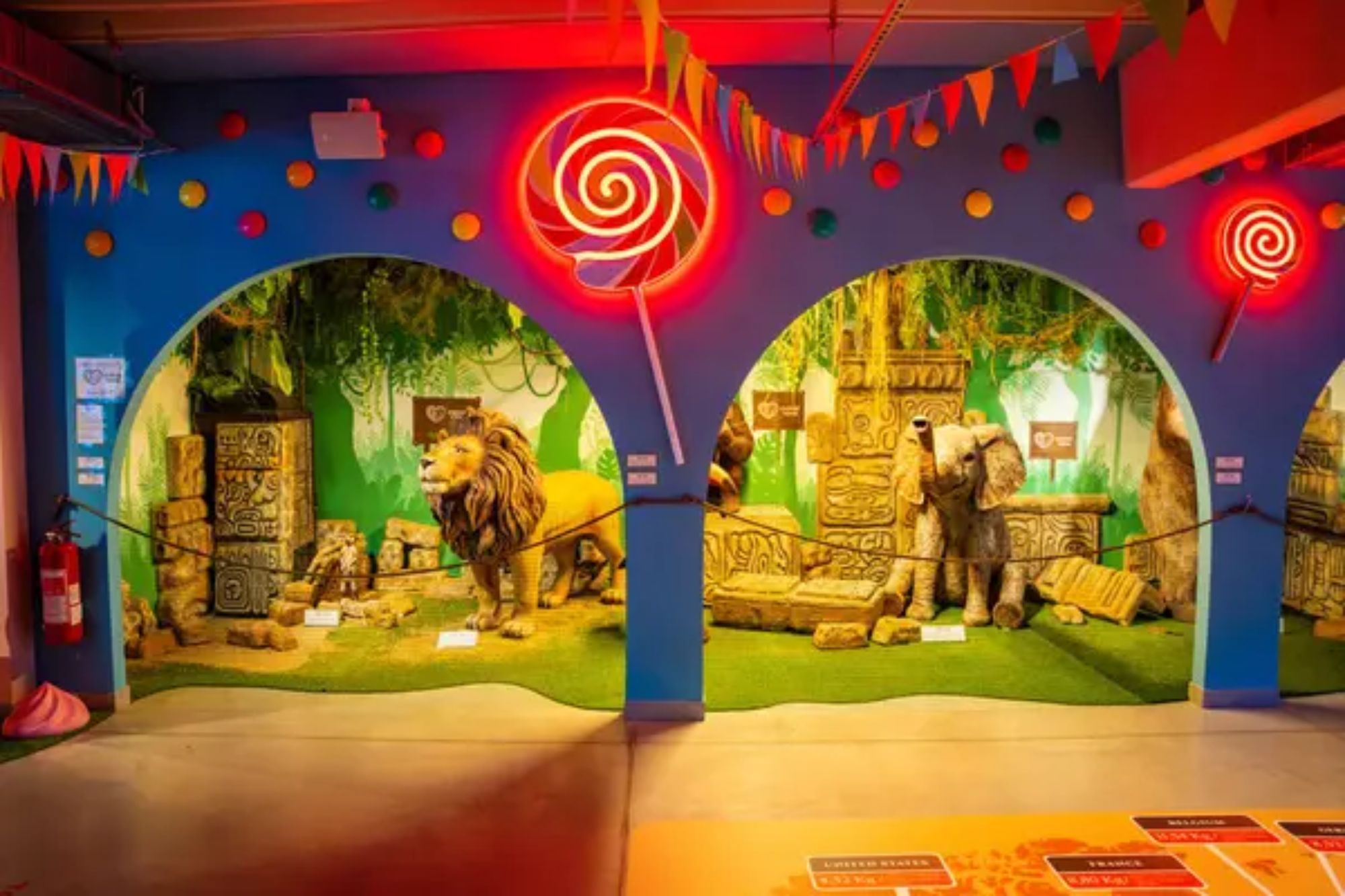
Prague’s Chocolate Museum, with numerous interactive exhibits, traces the history of cocoa cultivation and chocolate making. The highlight is watching master chocolatiers create intricate works of art entirely from chocolate.
The tasting room offers varieties from across the world, including uniquely Czech flavor combinations like chocolate with slivovice (plum brandy) or poppy seeds.
Palace Gardens Under Prague Castle

These terraced Baroque gardens cascade down the castle hill but remain oddly uncrowded compared to the castle itself. The interconnected gardens feature marble fountains, mythological statues, and spectacular city views.
Designed as a series of outdoor rooms, they provide peaceful havens just steps away from tourist hotspots.
Like Travel Pug’s content? Follow us on MSN.
Břevnov Monastery Brewery
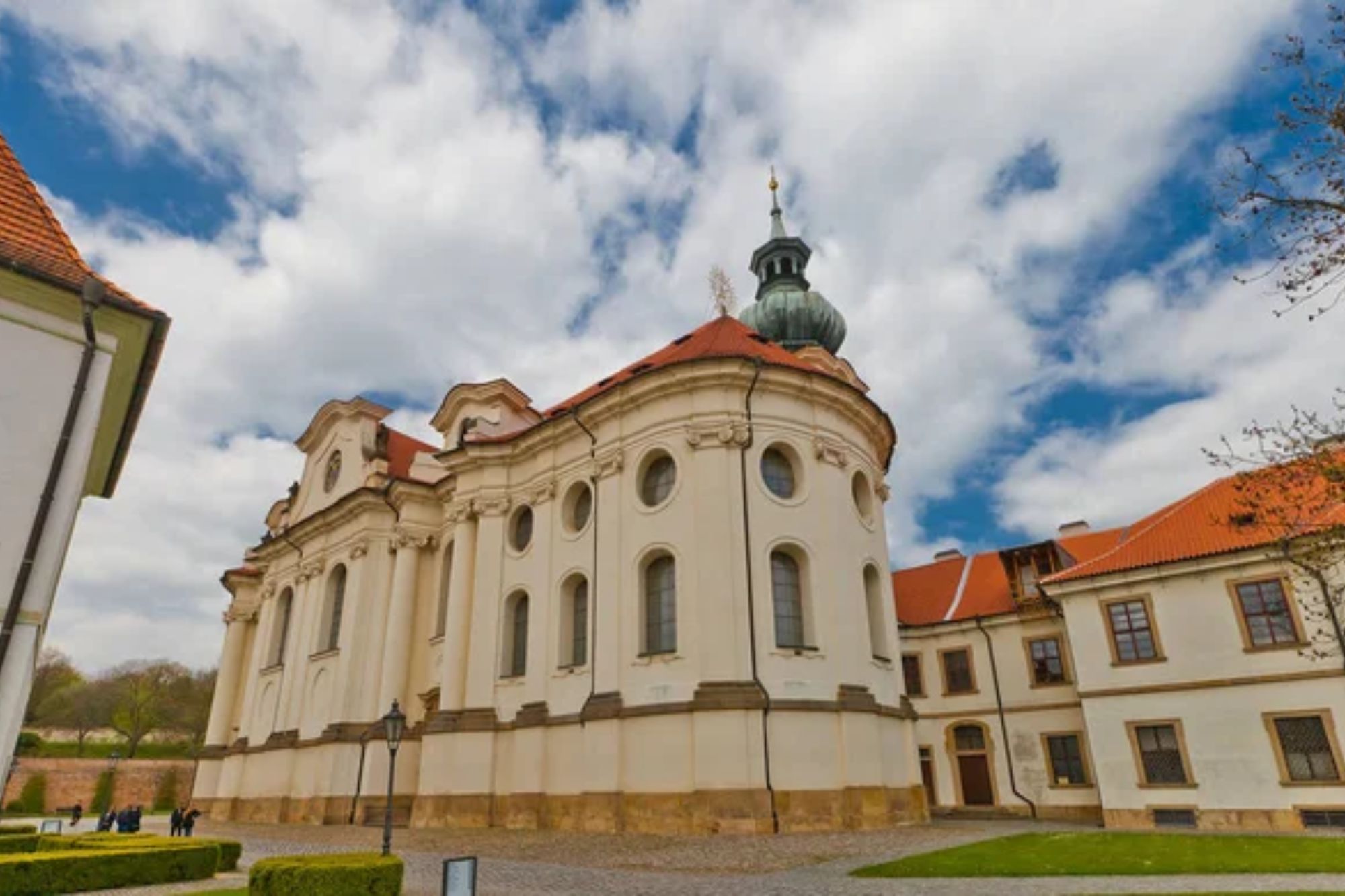
While everyone knows about Prague’s beer, few realize that monks have been brewing it here since 993 AD. The Břevnov Monastery produces small-batch brews using traditional methods and recipes dating back centuries.
Their brewing tradition predates many of Prague’s famous landmarks, and their Benedictine beer recipes have influenced brewing throughout Central Europe.
The Museum of Miniatures
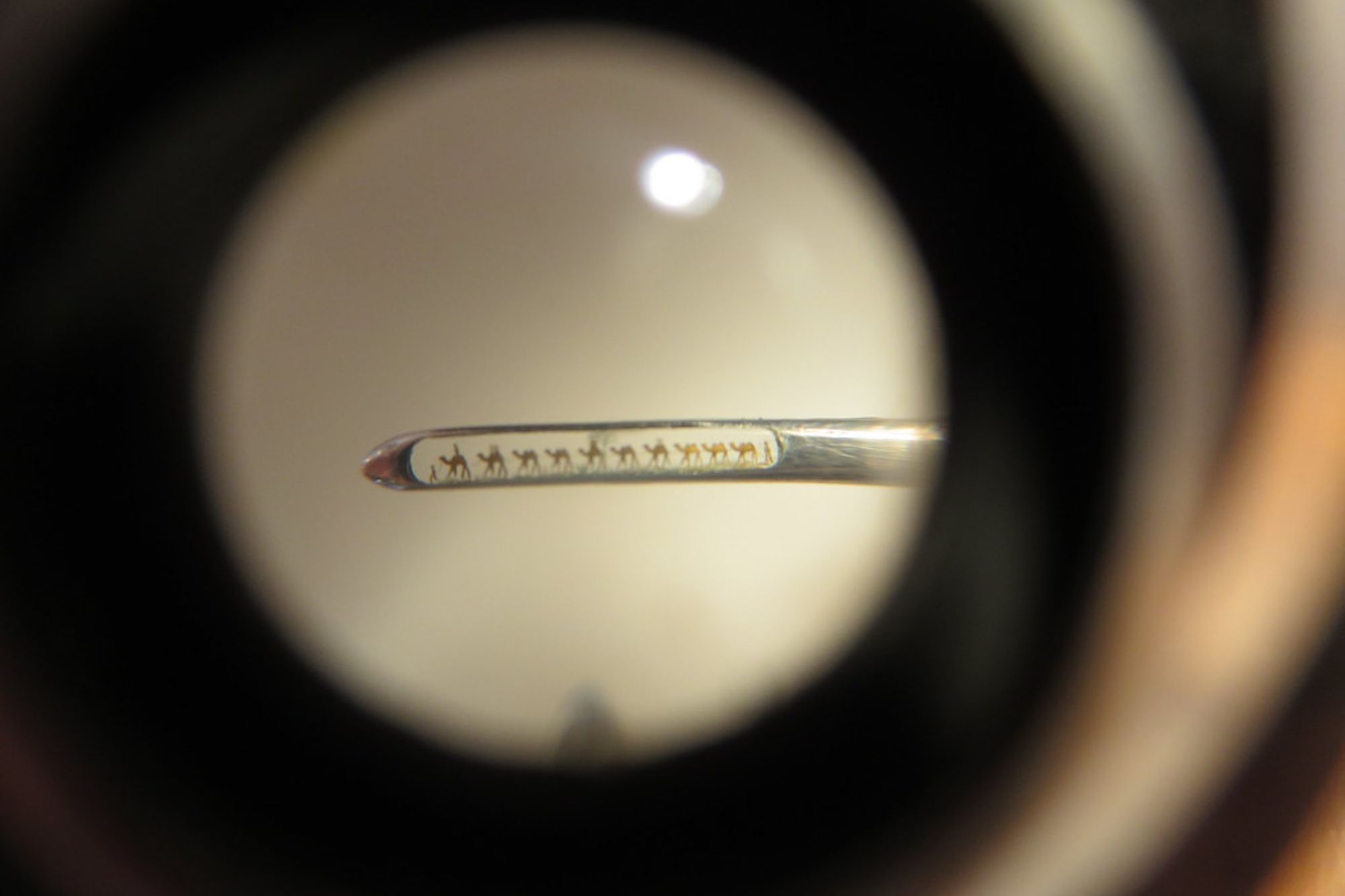
This unusual museum requires visitors to look through microscopes to see its exhibits—incredible miniature works like a caravan of camels in the eye of a needle or the Eiffel Tower on a half-poppy seed. The creator, microminiaturist Anatolij Koněnko, works between heartbeats to create these tiny masterpieces.
It’s a testament to human patience and precision that feels distinctly Czech in its meticulous craftsmanship.
The Magical Cavern
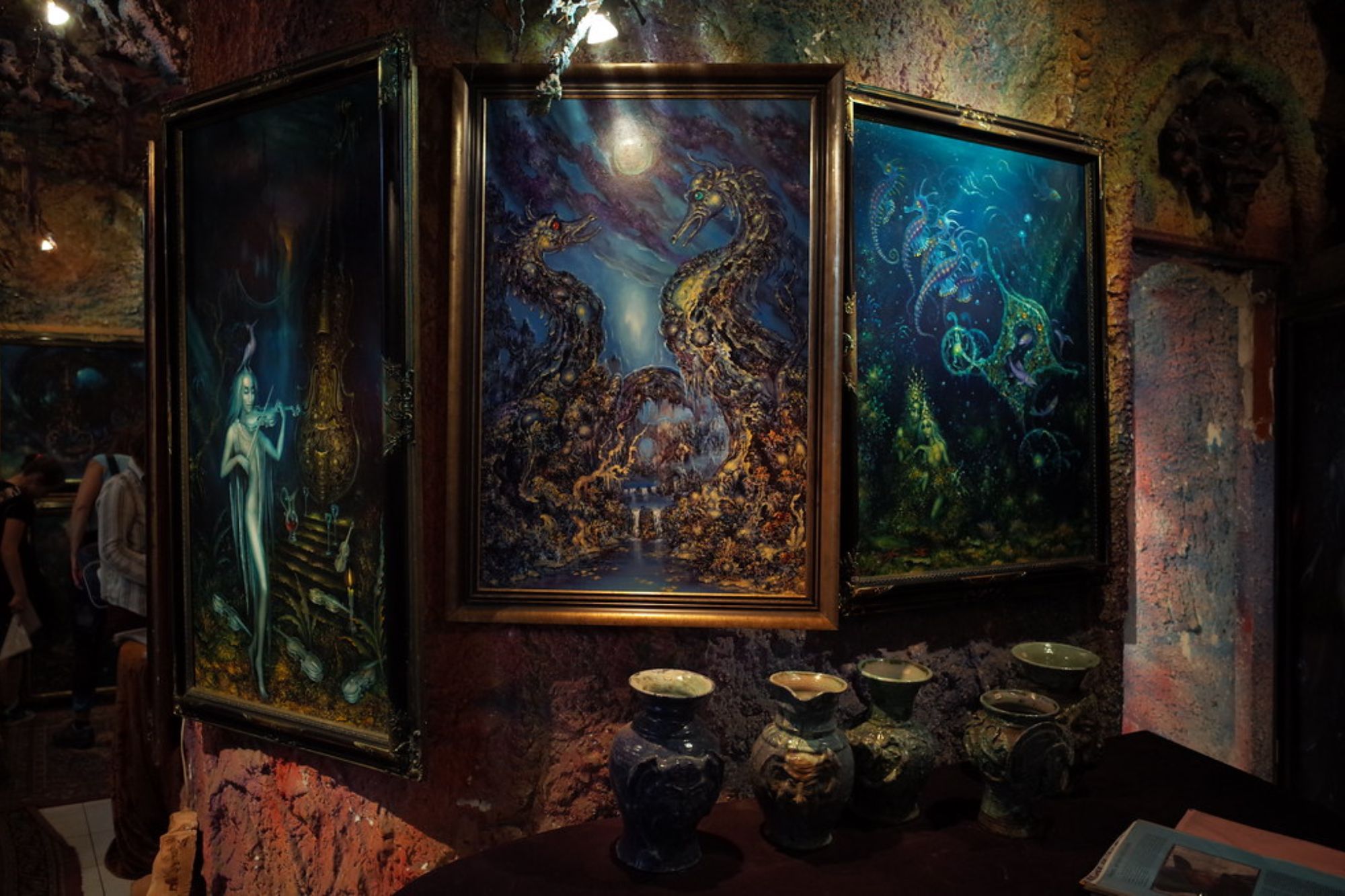
Artist Reon Argondian transformed an ordinary house into an otherworldly, cave-like space filled with his fantastical paintings and sculptures. The space became part of the artwork as colored lights and unusual textures created an immersive experience.
This hidden gem represents Prague’s thriving underground art scene, which often exists in transformed residential spaces.
Like Travel Pug’s content? Follow us on MSN.
Dancing House

This deconstructivist building, Fred and Ginger, stands out dramatically against Prague’s classical architecture. Designed by Frank Gehry and Vlado Milunić in the 1990s, it is two figures dancing together.
The structure represents Prague’s post-Communist architectural renaissance and willingness to embrace bold modernism alongside historical preservation.
Vojanovy Sady Gardens

This former monastery garden is Prague’s oldest preserved garden but remains largely unknown to tourists. Its peacocks roam freely among Baroque chapels and ancient fruit trees that bloom spectacularly in spring.
Hidden behind high walls in the Lesser Town, the garden contains several mystical shrines and feels like a secret world within the city.
Museum of Communism
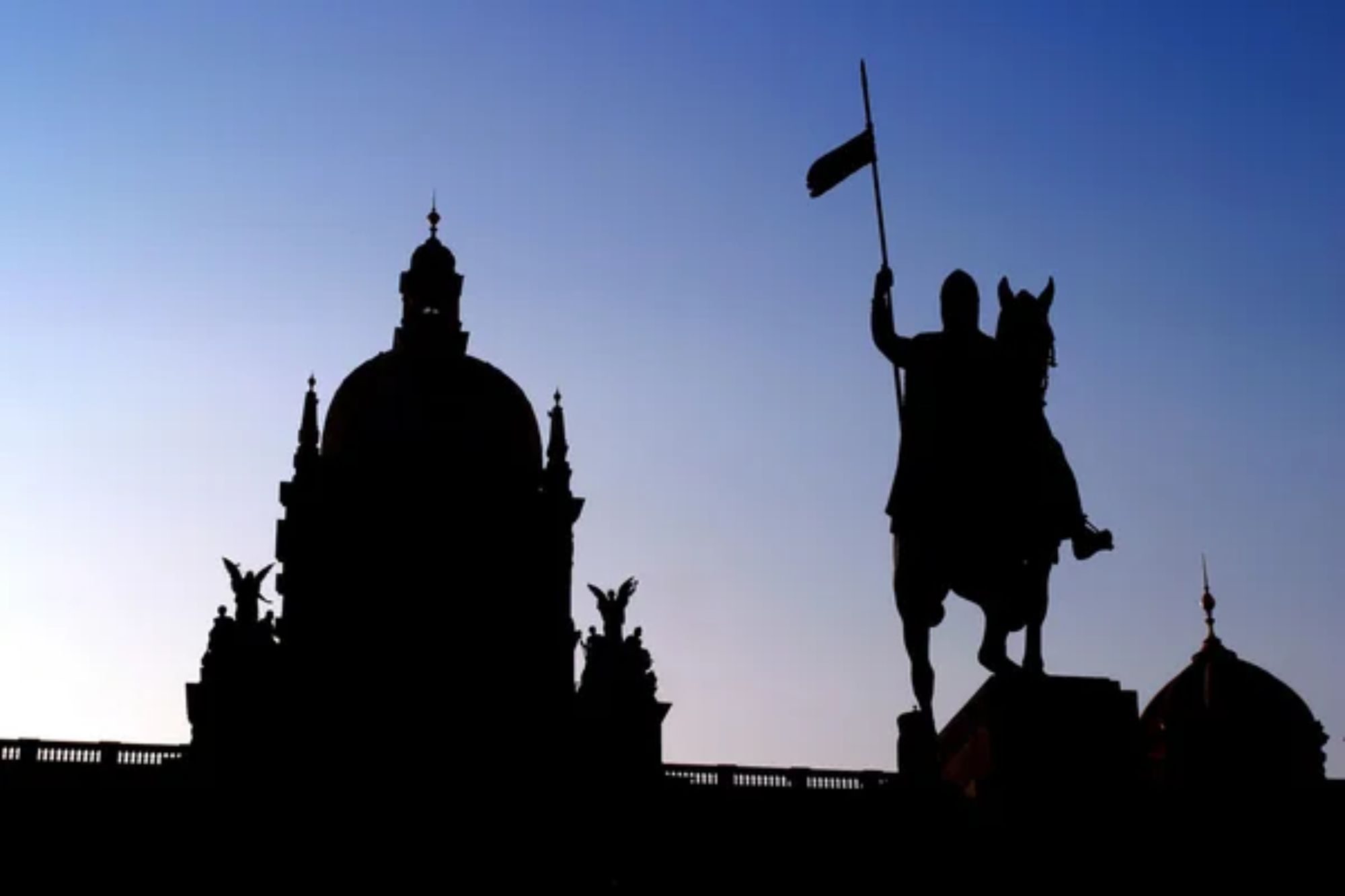
Ironically located next to a casino, this museum presents everyday life under Communist rule through original artifacts and recreated interiors. The exhibition doesn’t shy away from depicting the regime’s darker aspects, including interrogation rooms and propaganda machinery.
It offers crucial context for understanding the city’s complex relationship with its 20th-century history.
Like Travel Pug’s content? Follow us on MSN.
Petřín Mirror Maze
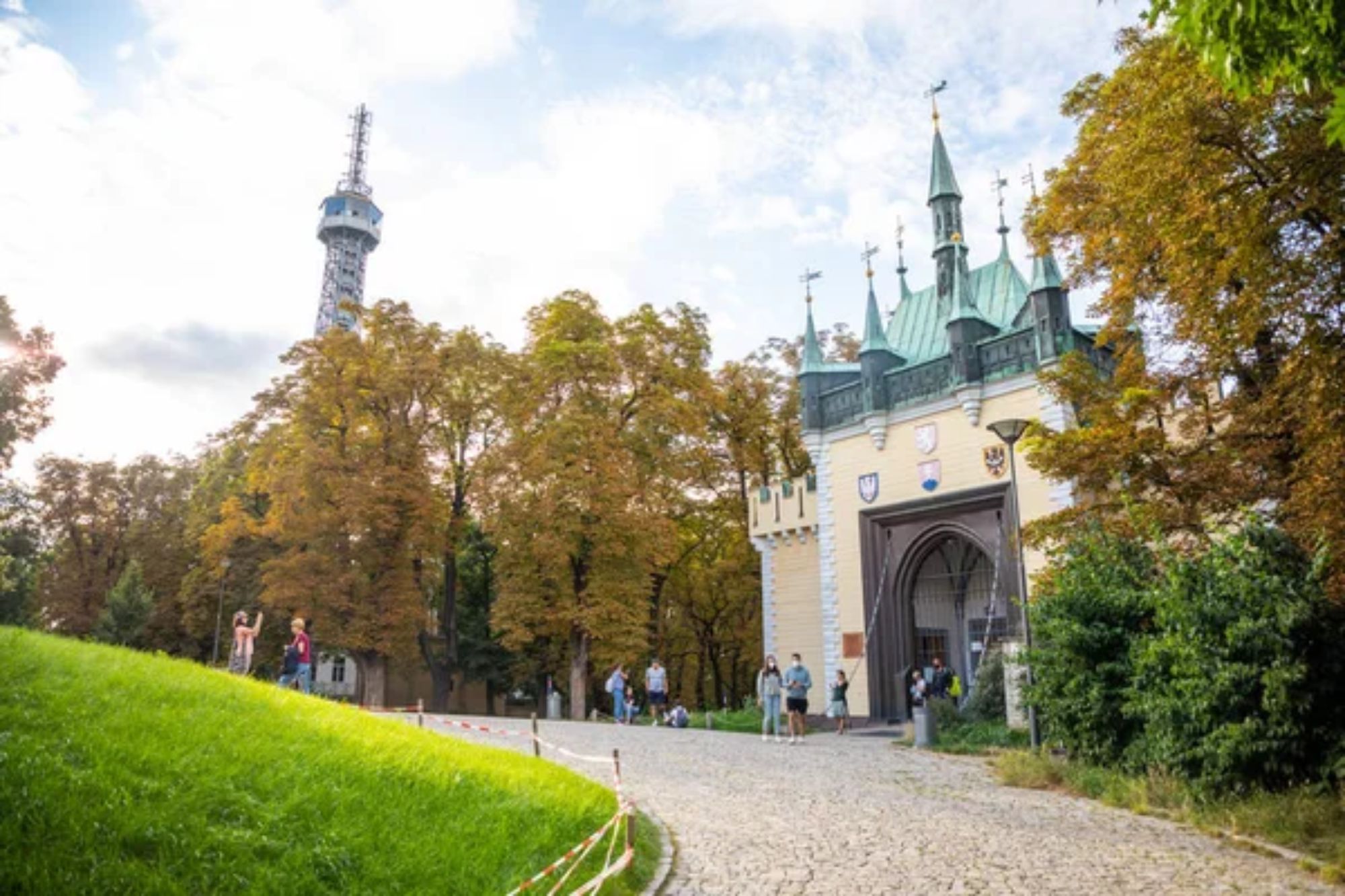
This Victorian-era hall of mirrors transports visitors to a fairground attraction from another time. The highlight is the ‘Hall of Laughter’ with distortion mirrors that have been amusing Praguers since 1891.
The maze itself isn’t particularly challenging but creates enchanting infinity effects that have delighted generations of visitors.
Dripstone Wall
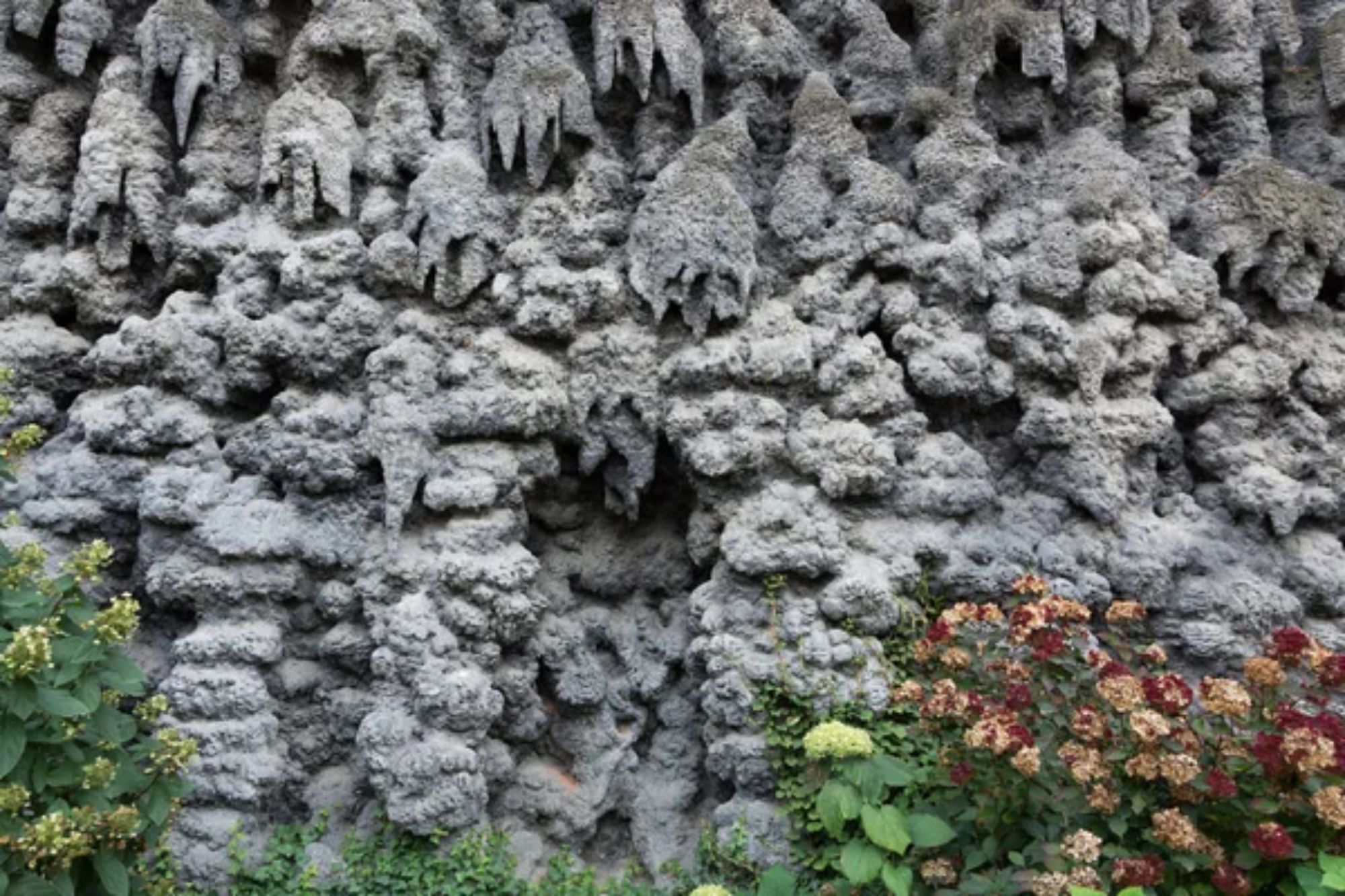
Located in the Royal Garden, this 16th-century artificial grotto wall appears to melt like wax. Created to mimic natural cave formations, the wall contains hidden faces and creatures that reveal themselves as you stare.
The Renaissance-era wall represents Prague’s longstanding fascination with the line between nature and artifice, which appears throughout the city’s decorative traditions.
The Soul of a City
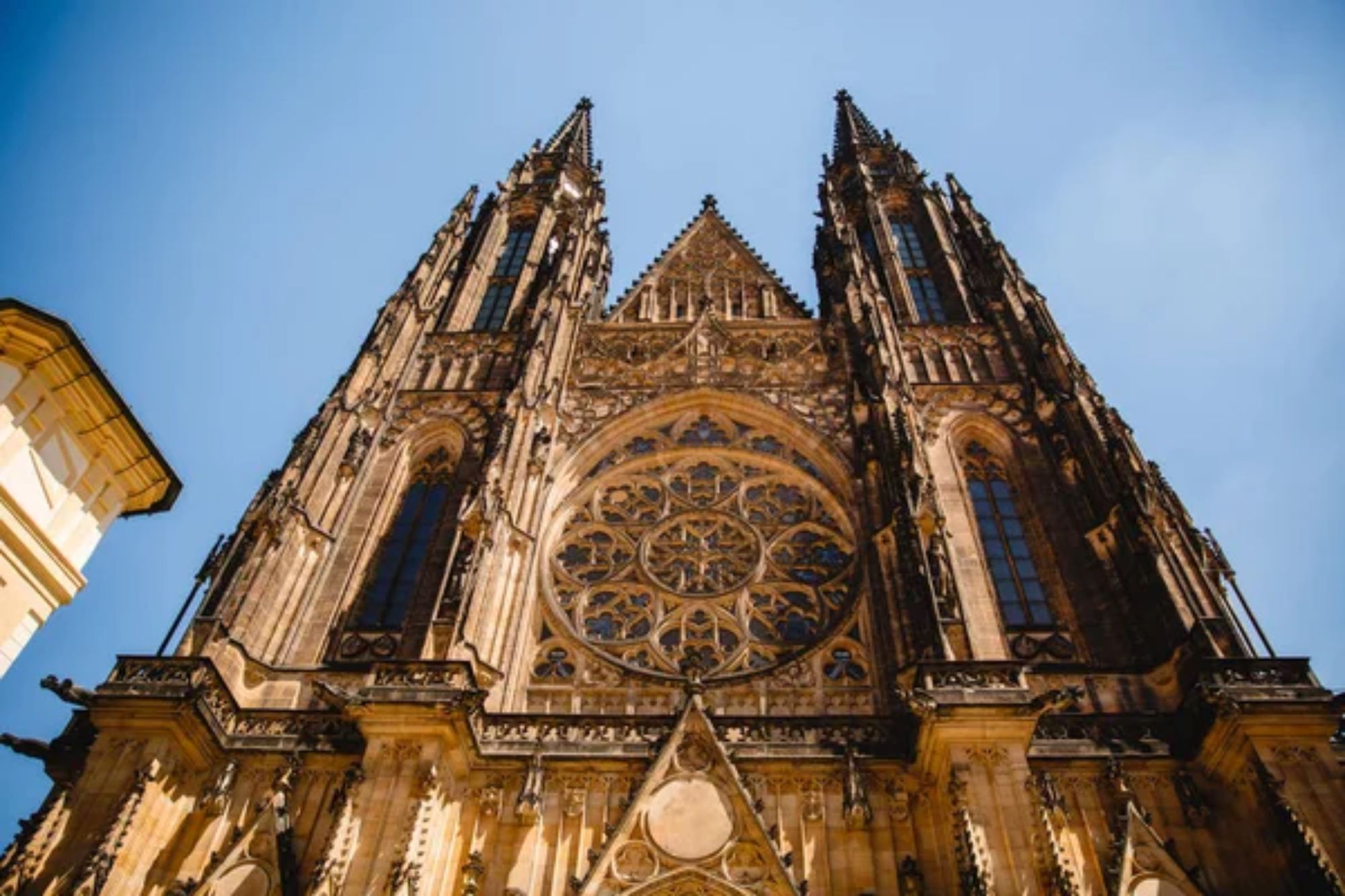
Prague slowly reveals itself to those willing to venture beyond the guidebook highlights. The true character of this ancient metropolis lies in lesser-known corners where history, art, and daily life intertwine.
From underground bunkers to microscopic masterpieces, these hidden facets showcase Prague’s remarkable capacity to embrace contradictions—ancient and modern, serious and whimsical, traditional and revolutionary—all coexisting within one magnificent city.
More from Travel Pug

- Cities Growing so Fast You Won’t Recognize Them in 10 Years
- 13 Destinations Where Tourists Regularly Regret Their Trip
- 20 Obscure WWII Sites Even History Buffs Don’t Know About
- 10 Under-the-Radar Mountain Towns That Are Both Affordable and Beautiful
- Remote Villages in Europe Where You Can Live for Free in Exchange for Work
Like Travel Pug’s content? Follow us on MSN.
